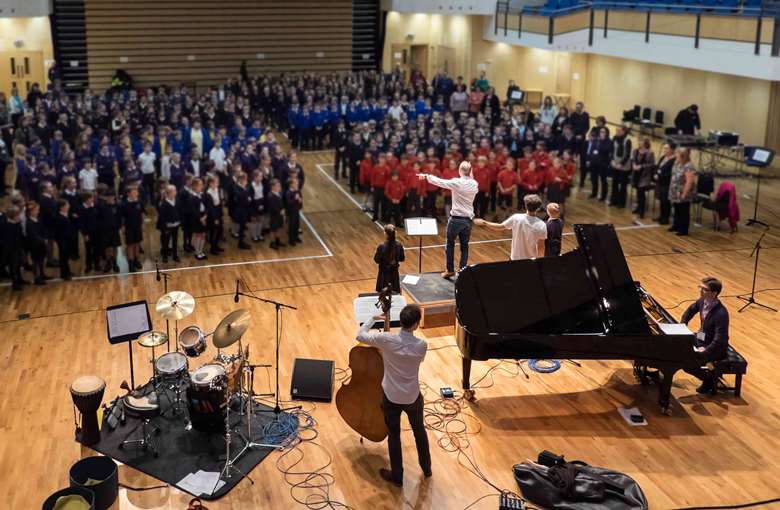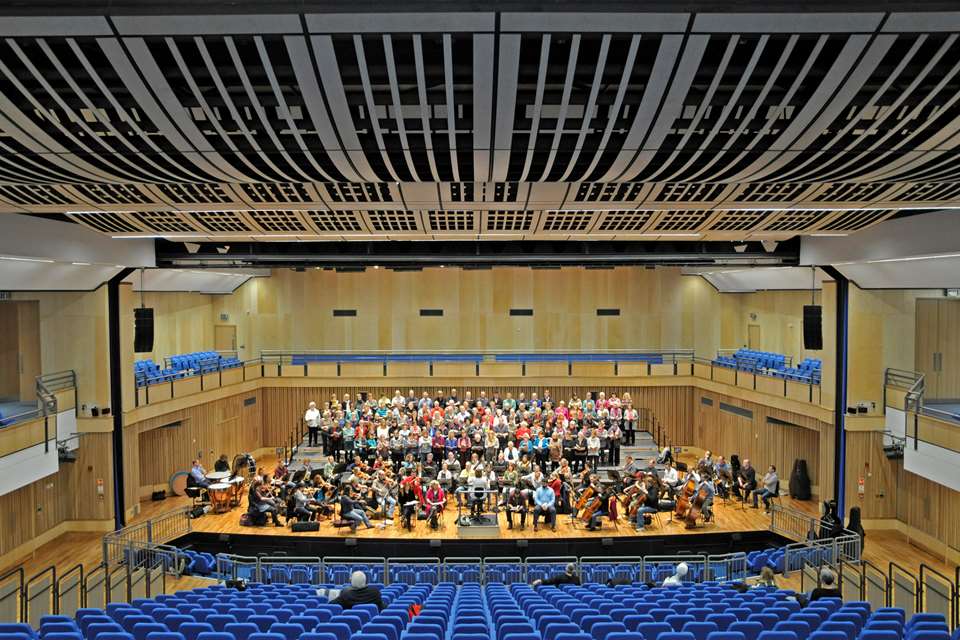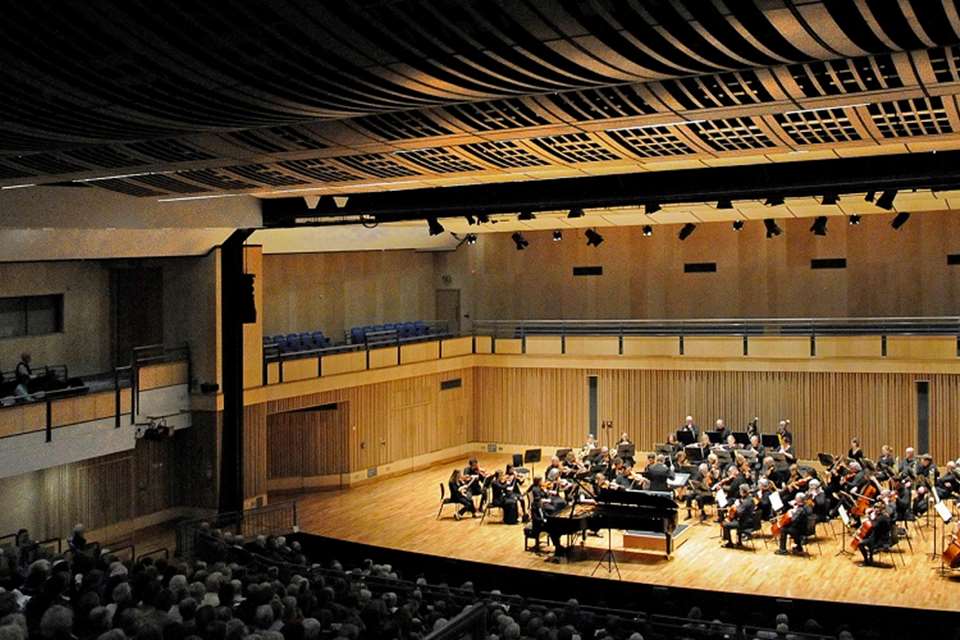‘Financially efficient, educationally beneficial and embraced by audiences’: Angela Dixon on 10 years of Saffron Hall
Angela Dixon
Friday, November 17, 2023
The Saffron Hall CEO reflects on the venue’s unique model of regional arts provision as the venue approaches its 10th birthday


Register now to continue reading
Don’t miss out on our dedicated coverage of the classical music world. Register today to enjoy the following benefits:
- Unlimited access to news pages
- Free weekly email newsletter
- Free access to two subscriber-only articles per month

